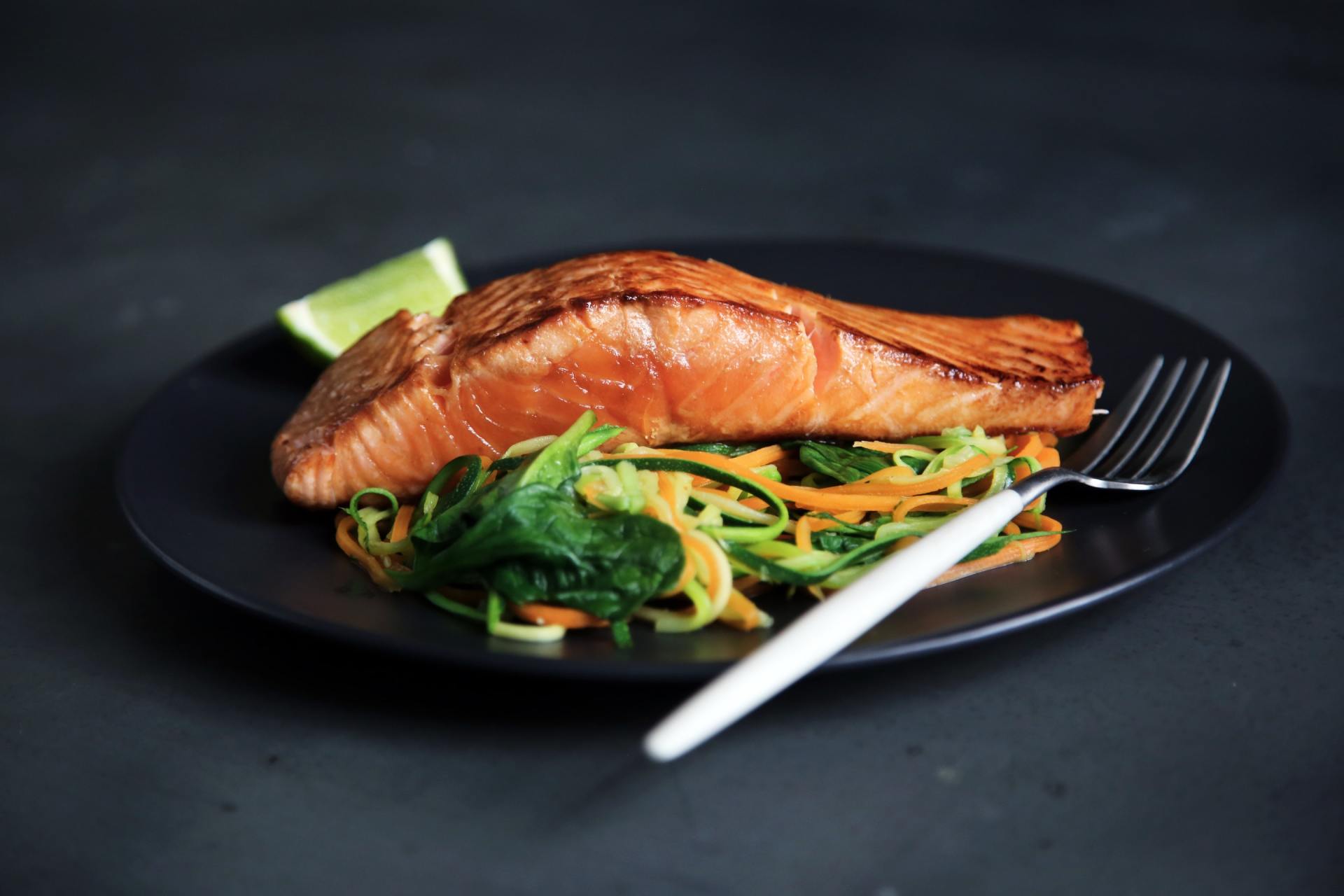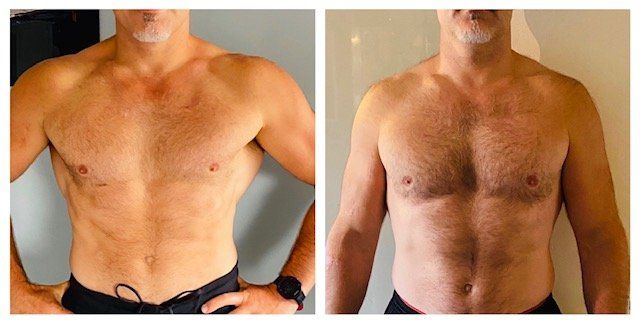My notes from the 4-Hour Body book by Tim Ferriss
DON’T CONFUSE PHYSICAL RECREATION WITH TRAINING
Physical recreation can be many things: baseball, swimming, yoga, rock- climbing, tipping cows ... the list is endless.
Training, on the other hand, means performing an MED (minimal effective dose) of precise movements that will produce a target change. That’s it. It’s next to impossible to draw cause-and-effect relationships with recreation. There are too many variables.
Effective training is simple and trackable.
Physical recreation is great. People love chasing dogs at the dog parkour or play-fight with their kids. Training in our context, however, is the application of measurable stimuli to decrease fat, increase muscle, or increase performance.
Recreation is for fun. Training is for producing changes. Don’t confuse the two.
Eating more, then less, then more, and so on in a continuous sine wave is (normal and) an impulse we can leverage to reach goals faster. Trying to prevent it—attempting to sustain a reduced-calorie diet, for example—is when yo-yoing becomes pathological and uncontrollable. Scheduling over-eating at specific times, on the other hand, fixes problems instead of creating them.
“Maintaining peak condition year-round is a ticket to the mental ward.”
You can have your cheesecake and eat it too, as long as you get the timing right. The best part is that these planned ups and downs accelerate, rather than reverse, progress.
Forget balance and embrace cycling. It’s a key ingredient in rapid body redesign (transformation).
If you are overweight and your parents are overweight, the inclination is to blame genetics, but this is only one possible explanation.
Did fatness genes get passed on, or was it overeating behaviour? After all, fat people tend to have fat pets.
Even if you are predisposed to being overweight, you’re not predestined to be fat.
People will think that because genes play a role in something, they determine everything. We see, again and again, people saying, “It’s all genetic. I can’t do anything about it.” That’s nonsense. To say that something has a genetic component does not make it unchangeable.
“I just want to be healthy” is not actionable. “I want to increase my HDL cholesterol and improve my time for a one-mile jog (or walk)” is actionable. “Healthy” is subject to the fads and regime du jour. Useless.
Rule #1: It’s not what you put in your mouth that matters, it’s what makes it to your bloodstream. If it passes through, it doesn’t count.
Rule #2: The hormonal responses to carbohydrates (CHO), protein, and fat are different.
One study conducted by Kekwick and Pawan, compared three groups put on calorically equal (isocaloric) semi-starvation diets of 90% fat, 90% protein, or 90% carbohydrate. Though ensuring compliance was a challenge, the outcomes were clearly not at all the same:
1,000 cals. at 90% fat = weight loss of 0.9 lbs. per day
1,000 cals. at 90% protein = weight loss of 0.6 lbs. per day
1,000 cals. at 90% carbohydrate = weight gain of 0.24 lbs. per day
Different sources of calories = different results.
Things that affect calorie allocation—and that can be modified for fat-loss and muscle gain— include digestion, the ratio of protein-to-carbohydrates-to-fat, and timing.
On average, women have less than one-tenth (often less than one-fortieth) the testosterone of men. This biochemical recipe just doesn’t support rapid muscular growth unless you’re an outlier, so that means women don’t need to worry about “getting bulky.”
People suck at following advice. Even the most effective people in the world are terrible at it. There are two reasons:
1. Most people have an insufficient reason for action. The pain isn’t painful enough. It’s a nice- to-have, not a must-have. There has been no epiphany moment that turns a nice-to-have into a must-have.
2. There are no reminders. No consistent tracking = no awareness = no behavioural change. Consistent tracking, even if you have no knowledge of fat-loss or exercise, will often beat advice from world-class trainers.
Tracking even a mediocre variable will help you develop awareness that leads to the right behavioural changes.
We break commitments to ourselves with embarrassing regularity. How can someone trying to lose weight binge on an entire pint of ice cream before bed?
Simple: logic fails.
Think of them as insurance against the weaknesses of human nature—your weaknesses, my weaknesses, our weaknesses:
1. Make it conscious.
2. Make it a game.
3. Make it competitive.
4. Make it small and temporary.
- MAKE IT CONSCIOUS: FLASHING AND “BEFORE” PHOTOS
The fastest way to correct a behaviour is to be aware of it in real time, not after-the-fact.
Take photos of your meals or snacks prior to eating. Unlike food diaries, which require time-consuming entries often written long after eating, the photographs act as an instantaneous intervention and force people to consider their choices before the damage is done.
The researchers concluded that photographs are more effective than written food diaries. This is saying something, as prior studies had confirmed that subjects who use food diaries lose three times as much weight as those who don’t.
…those who experienced the most dramatic changes credited the “before” photographs with adherence to the program.
Get an accurate picture of your baseline. It will look worse than you expect. This need not be bad news. Ignoring it won’t fix it, so capture it and use it.
- MAKE IT A GAME
Put numerical goals alongside individual performance numbers around your working environment. Combine daily goals and public accountability with daily rewards and public recognition.
..productivity went up with each change… It turned out that, with each change, the workers suspected they were being observed and therefore worked harder. This phenomenon—also called the “observer effect”
…results can be condensed into a simple equation: measurement = motivation.
Seeing progress in changing numbers makes the repetitive fascinating and creates a positive feedback loop. …the act of measuring is often more important than what you measure!
It’s critical that you measure something. But that begets the question: to replace self- discipline, how often do you need to record things?
The magic number is five
“We are what we do repeatedly.” A mere five times (five workouts, five meals, five of whatever we want) will be our goal.
When in doubt, “take five” is the rule.
3. MAKE IT COMPETITIVE
…fear of loss is the winner.
Examining random 500-person samples from the 500,000+ users of DailyBurn, a diet and exercise tracking website, those who compete against their peers in “challenges” lose an average of 5.9 pounds more than those who do not compete.
There is another phenomenon that makes groups an ideal environment for change: social comparison theory. In plain English, it means that, in a group, some people will do worse than you (“Sarah lost only one pound—good for me!”) and others will do better (“Mike’s nothing special. If he can do it, so can I.”). Seeing inferior performers makes you proud of even minor progress, and superior performers in your peer group make greater results seem achievable.
Embrace peer pressure. It’s not just for kids.
4. MAKE IT SMALL AND TEMPORARY
1. Do I really look like that in underwear?
Take digital photos of yourself from the front, back, and side. Wear either underwear or a bathing suit. Not eager to ask a neighbour for a favour? Use a camera with a timer or a computer webcam like the Mac iSight. Put the least flattering “before” photo somewhere you will see it often: the refrigerator, bathroom mirror, dog’s forehead, etc.
2. Do I really eat that?
Use a digital camera or camera phone to take photographs of everything you eat for 3–5 days, preferably including at least one weekend day. For sizing, put your hand next to each item or plate in the photographs. For maximum effect, put these photos online for others to see.
3. Who can I get to do this with me?
Find at least one person to engage in a friendly competition using either total inches (TI) or body-fat percentage. Weight is a poor substitute but another option. Use competitive drive, guilt, and fear of humiliation to your advantage. Embrace the stick. The carrot is overrated.
4. How do I measure up?
Get a simple tape measure and measure five locations: both upper arms (mid-bicep), waist (horizontal at navel), hips (widest point between navel and legs), and both legs (mid-thigh). Total these numbers to arrive at your total inches (TI). I’m telling you again because I know you didn’t do it after the last chapter. Get off your ass and get ’er done. It
again because I know you didn’t do it after the last chapter. Get off your ass and get ’er done. It takes five minutes.
5. What is the smallest meaningful change I can make?
Make it small. Small is achievable. For now, this means getting started on at least two of the above four steps before moving on. The rest and best is yet to come.




